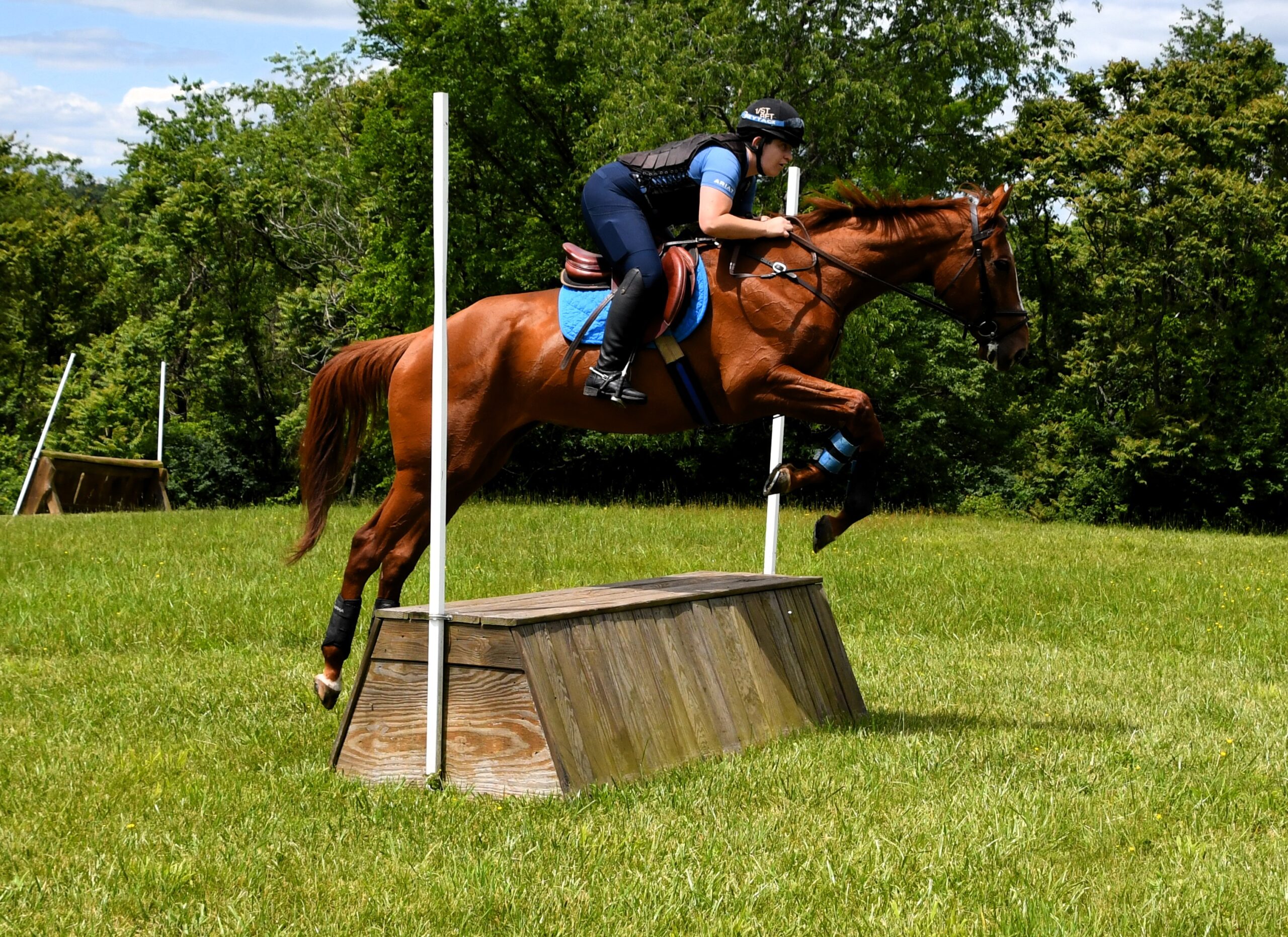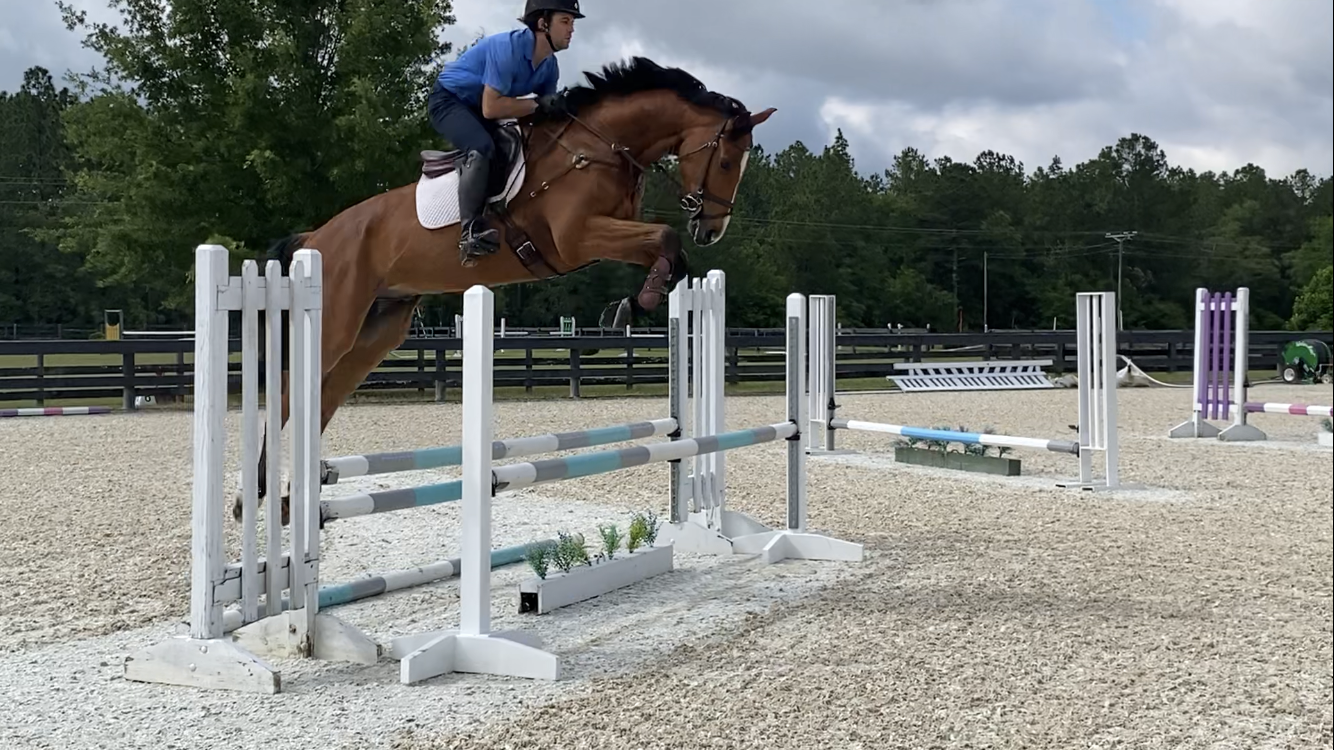The major item on the Thursday morning convention schedule was an educational seminar on the equestrian business and law. Obviously the two topics have considerable overlap, but the the lecture was divided into two parts. A ton of information was covered in the two hour discussions, but here is a quick overview, along with my commentary. A lot of the discussion was addressed directly at equestrian professionals but the issue of making the horse business viable affects all of us.
Business: The business portion of the lecture was titled “Achieving Equestrian Career Goals While Building a Profitable Horse Business.” Apparently lecture titles such as “building an infinite energy source with stuff from your garage” and “creating world peace in 7 days” were already taken. Despite the ambitious title, Lizzy from EquestrianProfessional.com stood up to handle the business portion and did a great job. Here are a few major points from Lizzy’s lecture:
The first big point is that the equestrian business is different from many businesses in that the main goal is not to maximize profit. This almost violates the definition of ‘business’ and creates a circumstance of opposing forces within the so-called business that threaten its financial viability. Two major conflicts are–
1. Sport vs Business — As riders, achievement in sport is often more important to us than achievement in business. These two goals can cannibalize each other. A clear business plan is needed to make these goals work together.
2. Lifestyle vs Business — Most businesses are about making profits, with the secondary goal of supporting some other lifestyle (such as golfing on the weekend). But most riders are already living in the type of lifestyle that they want in their business–riding. Lizzy did not mention that this can be a positive, but in my mind, this can be a good thing and is maybe one of the only things that makes professional riding a good idea. Unfortunately, from a business perspective, it creates some conflict between decisions that are for profit and decisions that might be for lifestyle reasons. For example, it might be a bad business decision but a good lifestyle decision to buy that fancy young horse.
After discussing these paradoxes, Lizzy turned to offering some tips to make these opposing forces work together and achieve business success. The tips:
1. Identify the ideal client. The ideal client is defined as someone who can be financially, competitively, and emotionally supportive of your professional goals. This can be aided by looking through what each client might mean to you over the financial long run–are they a high lifetime value client or not? As professionals it is important to build the right type of clientele.
2. Every point of contact you have with the public is a form of communication for your business to future clients. This is a point that I have heard taught in business classes outside the horse world, and I think it is particularly true in equestrian business. Everything you do publicly tells potential clients to varying degrees how suitable you are as a business. This means that things like turnout at competitions, behavior at competitions, and relations with fellow eventers all have an impact on your business success. The point isn’t to change how you do everything to make yourself more marketable but to be aware that every decision affects your business.
3. An equestrian professional needs to regularly look at the profit/loss breakdowns of the various sectors of their business. Many equestrian business lose money on the boarding category of expenses but they make the money back in the training, lessons, and sales commissions that those boarders provide.
4. Property ownership is often the best investment that equestrian professionals make. Buying the farm (hopefully) provides a form of passive income overtime as the property (hopefully) appreciates in value. The sale of that property is often the largest amount of retirement savings equestrian professionals have.
5. Syndicates: Syndicates are a great way to achieve sporting success by continuing to ride a superstar horse and also achieve business success by reducing the expenses of riding that top horse. Here are a few quick syndicate considerations:
-What type of partnership are you looking for–do you want 5 or 50 owners?
-What is your pitch to prospective owners–what do they get for their investment?
-Are you prepared to have constant communication with owners?
6. Sponsorship: In looking for sponsors, how you market yourself is even more important than ever. Sponsors are comparing you to other marketing options such as magazines so you have to be a good alternative when compared to those. Things like whether you have a good website or a Facebook page with a bunch of fans will make a big impact to the prospective sponsor’s decision. Sponsors also want a good spokesperson for those product, so go untag those awesome Facebook photos from the party last night!
—-
Law: After Lizzy’s business talk wrapped up, Yvonne Ocrant, a Chicago attorney who specializes in equine law, stood up to handle the law aspect of things. She started by threatening to scare the heck out of us, and by the end of it I think she had succeeded. After hearing Yvonne’s lecture, there’s no doubt in my mind that most equestrian professionals are not suitably protected against the liability of running a horse business. These are some key points from Yvonne’s talk.
Liability Protection Signs–At least 70% the lecture was focused on these maddeningly and absurdly obvious signs. The moral of the story is that these signs are very important to protecting equine professionals.
These signs basically announce that state law protects professionals from some types of equine liability. We have all seen the signs posted at stables. “Warning: riding horses can lead to sudden death!”…or something like that. Unfortunately, the people who wrote the statutes about inherent risk of equine activity were not riders. This leads to some absurd and unexpected loopholes–this is where we get scared.
The law protects differently from state to state because each state defines “equine activities” differently. In some states, leading a mare with a foal into a trailer with a foal is not considered an equine activity. Spectators at events are not considered to be engaged in equine activity. On the other hand, “boarding activities” are generally considered part of equine activity. These are just a few examples to show you how important it is to understand potential loopholes in the statutes in your state.
Another loophole is that equine professionals are covered by the statutes but what about non-professionals? In each state it differs and in most the law says “…and other persons” which would cover amateurs. But in Illinois, for example, it does not.
It’s also important to understand that there are exceptions to the liability protection. Thing like faulty tack, mismatch of horse and rider, and wanton neglect automatically removes the liability protection.
Most importantly, if you own a barn, always post the liability signs at entrances to your facility. Make them large and durable because court cases can come down to details and there have been cases where the sign was broken.
Post your state’s sign, not some other state’s sign, because signs differ between states. It may seem obvious, but, like the “is it plugged in?” question for computer phone support technicians, this issue has been a problem in the past.
Furthermore, just because something is obvious to us as eventers doesn’t in any way mean a judge or jury will see it that way. For example, a recent court case revolved around whether or not the stirrups ‘failed’ because someone fell off. The faulty tack exemption would have removed the professional’s liability protection if the stirrups did indeed fail. We all know the stirrup’s job is not to keep someone always in the saddle, but the judge took a lot of convincing because he had no idea what stirrups were.
The last portion of the law lecture focused on liability releases and contracts. The nuances are a bit tedious, but we live in an era where it’s more surprising not to have to sign a contract so it’s really important to protect yourself with liability releases. The wording of a release is critically important so spend the extra money to have a lawyer draft a proper one–you’ll be thankful if anyone ever tries to sue you. Also, a minor’s signature means nothing, so make sure their parents sign.
That’s all from the business and law lectures and the afternoon sessions are just about to get underway. I’ll be back later with a recap of the afternoon action. See you soon…
























